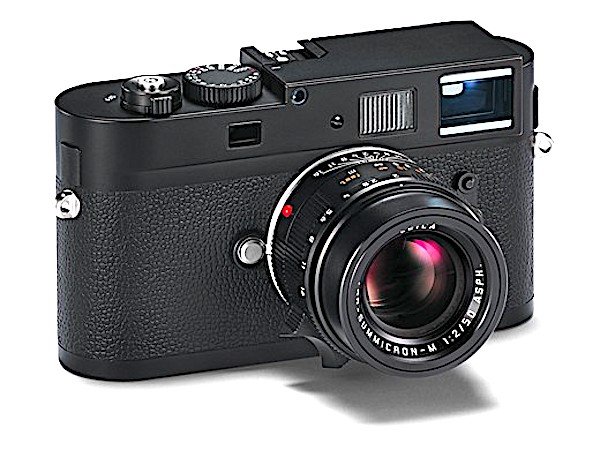The Evolution of the Leica M10 Monochrom
The incredible saga of the black-and-white-only digital Leica M
Leicas have been synonymous with photojournalism and street photography for well over a century, beginning with Oskar Barnack’s charming vignettes of street scenes in Wetzlar captured on black & white film with his prototype Ur-Leica. Given that context it’s hardly surprising that Leica was the first manufacturer to bring forth a black & white-only digital camera, the original Leica M Monochrom of 2012. Indeed, it’s doubtful that any other camera company could have successfully launched a digital camera that can’t take pictures in color or shoot movies, but Leica had the heritage and the technical creds not only to make it a viable product, but also one worthy of future development.
The original Leica M Monochrom unveiled on 10 May 2012 is closely based on the Leica M9, and aside from the sensor, its features and form factor are the almost the same. Both bodies are thicker than a classic analog M, and both incorporate full frame 18MP Kodak CCD sensors. However, the sensor in the M Monochrom omits the Byer pattern color filter array. This results in its improved light capture efficiency, making the monochrome sensor one stop faster, with a native ISO of 320, and with a much higher SNR (signal-to-noise ratio). Leica claimed that the monochrome images it delivered were 100% sharper than those captured with a comparable color sensor. That’s because the modified sensor obviates the process of “demosaicizing” required with a Bayer-pattern color sensor, capturing a true luminance value at each pixel point. This also enhances the tonal gradation of the black and white images, an advantage praised by reviewers and users alike. Fascinating factoid: During the camera’s design and development phase the project was nicknamed “Henri” in honor of Henri Cartier-Bresson, but Leica Camera AG wisely decided to name the camera the Leica M Monochrom, which may be less colorful, but is a lot more market savvy.
The Monochrom M (Type 246)
The successor to the original M Monochrom was the Leica M Monochrom M (Typ 246) released on 30 April 2015. It employs an upgraded full frame 24MP CMOS sensor and is essentially the monochrome version of the Leica M (Typ 240) minus, of course, the Bayer pattern color filter array. Aside from providing higher resolution, it also offers a higher top ISO setting of 25,000 (up from ISO 10,000) a larger, higher-res 3-inch 921k-dot LCD that provides live view shooting, a focus peaking display, and a 10X magnification option, - and glory be, full HD video recording. The Typ 246 is a much more capable camera than the original Monochrom M, but its sensor was still based on an existing full color sensor, not one specifically developed for monochrome capture.





